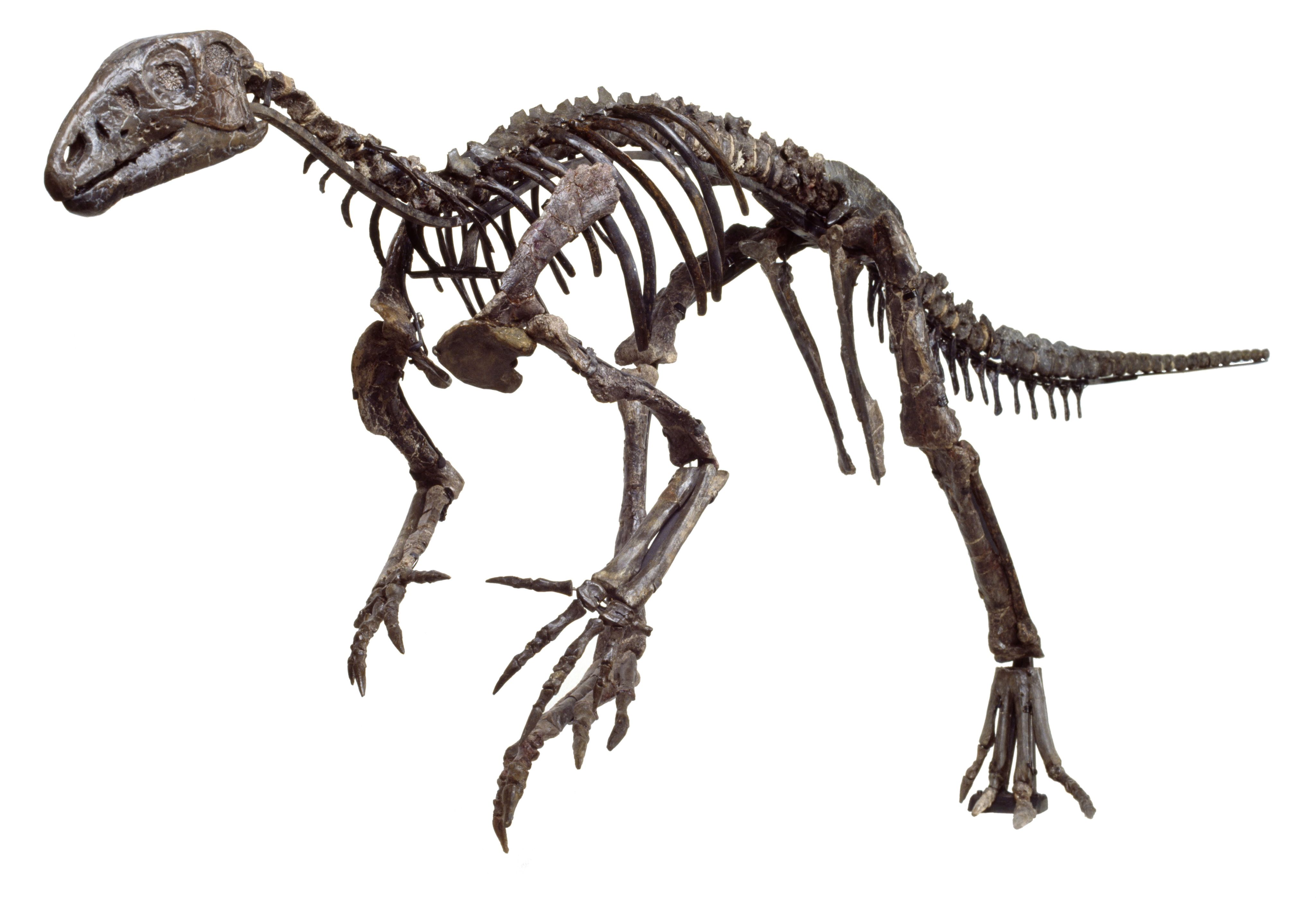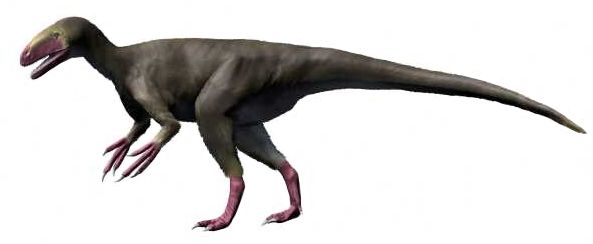Four of the Isle of Wight's greatest fossil finds

1. Iguanodon (ig-WHA-noh-don)
These were massive, bulky herbivores that would have reached about nine metres in length and around three tonnes in weight. Initially, it was thought the large spikes found with fossils went on the animal's nose, but more complete skeletons later showed it was a thumb spike. Even today, its use is still not fully understood. The animals had forelimbs shorter than their hindlimbs, meaning they could walk on all fours or bipedally as needed.
2. Hypsilophodon (hip-sih-LOH-foh-don)
This was a small dinosaur that grew to only around 1.5 metres long and probably weighed no more than 20 kilograms. It would have been bipedal with a body built for speed, allowing it to nimbly outrun any potential predators. The animal would have lived in small groups, browsing on the tips and shoots of low-growing plants.
3. Eotyrannus (ee-oh-ti-ran-us)
Known only from fragmentary remains, the only know specimen is about 4.5 metres long. However, these fossils likely represent a juvenile meaning that the adults were almost certainly longer. A bidpedal theropod, these carnivorous dinosaurs would have been one of the top predators at the time, hunting many of the herbivores that lived in the forests.
Image credit: By Nobu Tamura, CC BY-SA 4.0, https://commons.wikimedia.org/w/index.php?curid=108917698
4. Polcanthus (pol-a-KAN-thus)
A medium-sized ankylosaur, Polacanthus would have been about five metres long but not particularly tall. It weighed up to two tonnes and had a large, fused piece of armour that covered its entire hip region. A numner of flat armour plates and spikes ran along its side and tail, with some additional spikes running along its top.
Image credit: FunkMonk (Michael B. H.), hip armour by Franz Nopcsa von Felső-Szilvás



